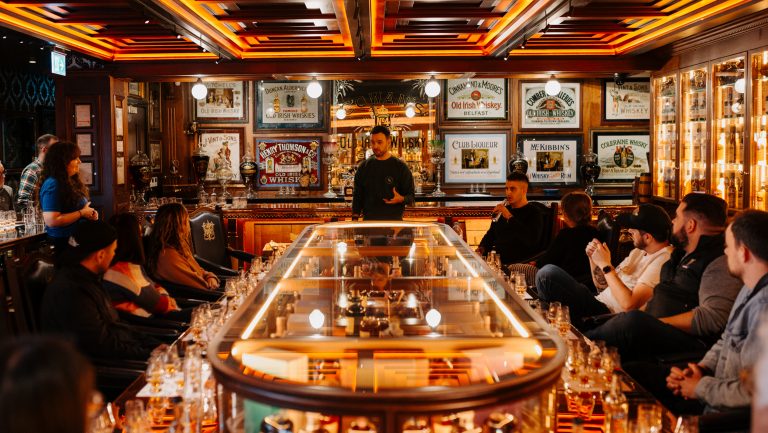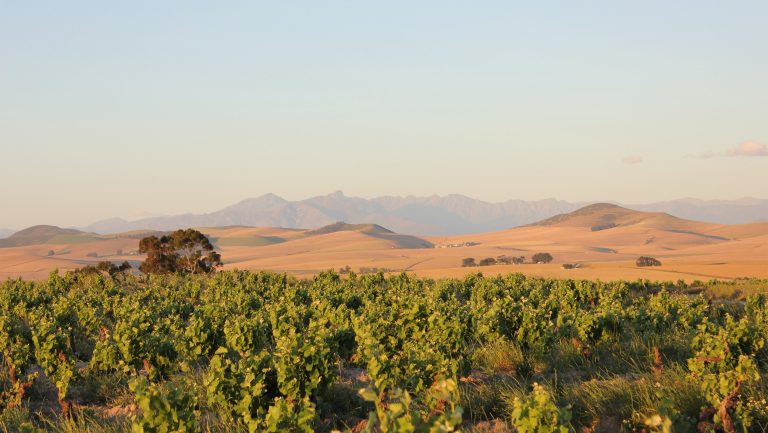Wine has the power of prestige in its corner, with embedded perceptions of wealth, class, and privilege that are linked to specific regions and rankings. But could our long-standing markers of quality be outdated and shortsighted? Allowing ourselves to enjoy the aroma and flavor profile of a quality organic wine from Syria, Bolivia, or any other unlikely wine region can do more than just diversity our portfolios—it can change our perceptions of that region, help to elevate families out of poverty, and transform headlines of crisis into idyllic images of vineyards. As a wine buyer with an economics background, I believe that through better choices, our industry can offer opportunities to our guests that can affect lives globally. Does that sound far-fetched? It’s not. We’re already doing it.
As the wine director of Maydan and Compass Rose in Washington, D.C., I have helped create wine and beverage programs that showcase low-intervention, sustainable producers from lesser-known regions of the world. Our team has traveled to many of these countries—Bolivia, Mexico, Lebanon, Morocco, Tunisia, Turkey, and Georgia—meeting producers and hearing their stories directly. For the last five years, our program has been setting new standards of quality and value for our patrons while promoting a higher quality of life abroad.
Of course, it’s no magic elixir. We haven’t ended global warming or eliminated world hunger through our programs, but we have taken practical steps that make a difference, even if only marginal, and spur a deeper conversation. Because of our industry’s reach, it’s incumbent upon us to ask difficult questions about wine consumption and its impact.

Don’t miss the latest drinks industry news and insights. Sign up for our award-winning newsletters and get insider intel, resources, and trends delivered to your inbox every week.
Global wine imports are nearly a $40 billion business, according to the trade publication World’s Top Exports—and growing on an average of 6 percent every year. (The United States made up 17 percent of total wine imports last year.) Wine’s economic impact and potential to be a force for social change have yet to be fully realized. Wine is a unique import because it’s a “premium product,” which means it can be sold abroad for a higher profit margin. The regions that could benefit the most from an influx of such capital, though, are typically overlooked in sommelier exams and on beverage menus.
Wine as an Economic Engine
For countries looking to expand their GDP, like Georgia, wine is an incredible tool. Georgia saw a record 86.2 million bottles exported in 2018. But this took enormous efforts by both Georgians and international buyers, and a willingness on the part of Georgians to evangelize on behalf of their product. Having traveled to Georgia several times and learned the stories of individual winemakers, I found that sharing those stories with guests is a valuable tool. An example is Baia’s Winery in Imereti, run by the sisters Baia and Gvantsa Abuladze, both of whom were under the age of 23 when they began making wine.
“Georgian wine is going through a period of renaissance and is at such a critical stage,” says Noel Brockett, the director of operations and sales of Georgian House of Greater Washington (also known as Georgian Wine House), which imports wine from the country and is based in Beltsville, Maryland. “Georgia gives American wine drinkers the opportunity to drink wines that have a direct economic impact on people with a face and a human story.”
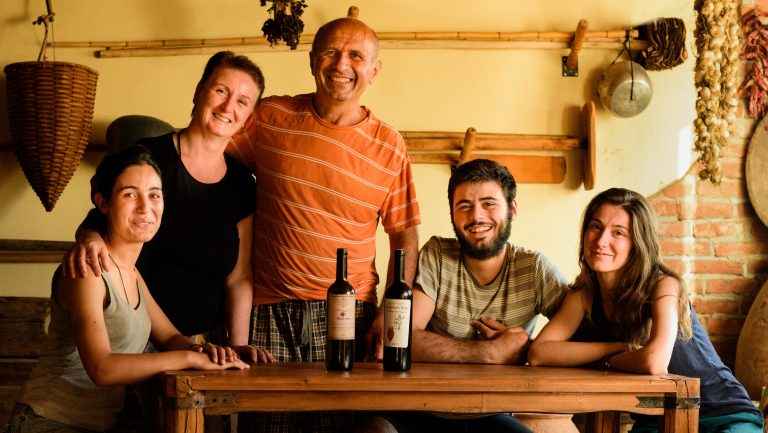
When we first started selling Baia’s wine in our restaurants, we enthusiastically shared the sisters’ story and dreams with our guests. Every bottle of white wine we sold was used to fund what would be the next phase of their business: producing organic reds and pét-nats. We worked their vineyard during the 2018 harvest season, and their hospitality was overwhelming, in the best way. They were so proud to share the story of their expansion and financial independence and the role we played in that process in the oldest winemaking region in the world. Consumers in 2019 are asking for something new, but they also want to support sustainability and know that they’re contributing to something more. Sharing the story of Baia is an easy means to fulfill that desire.
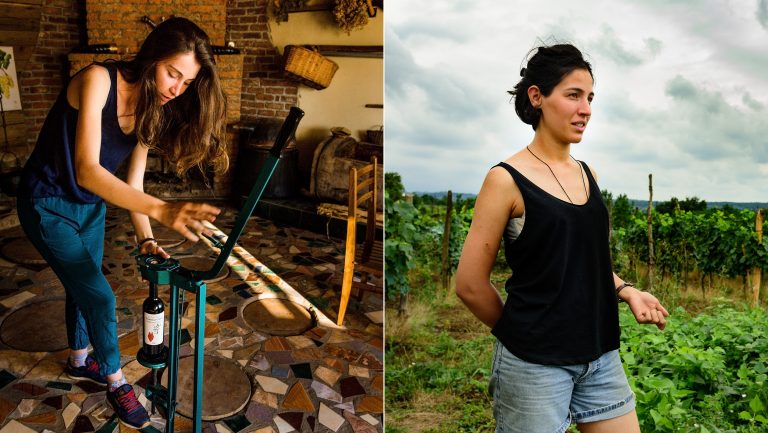
Brockett reiterates this notion. “By putting more Georgian wines in front of your guests,” he says, “you’re encouraging them to be curious and to learn about wine and who it comes from. In turn, by choosing a Georgian wine such as Baia’s, we are helping inspire a new generation of Georgian winemakers.”
Turning our attention to Bolivia—the poorest country in South America, according to WorldAtlas, an educational geography site based in Quebec—we see the potential for wine exports to radically affect the cycle of poverty. Many of the poorest of the world’s countries are forced into the trade of raw materials, or commodities, rather than finished products, a circumstance that sustains a pattern of dependence and depletion. Bolivia is working to move away from the exportation of its natural gas, soybeans, and even water rights to export wine, which, as a premium product with a more substantial profit margin, allows basic resources to remain in the country.
Leading this effort are groups such as Chufly Imports, based in Washington, D.C., which works exclusively with Bolivian wine and spirits producers. Chufly’s founder, Ramon Escobar, cites a study by the country’s Ministry of Productive Development and Plural Economy that showed that 10 families are lifted out of poverty for every 25 acres of planted grapes. Given Bolivia’s yields, 500 families would be lifted from poverty if Bolivian wines represented a half of 1 percent of all wine imports to the U.S.
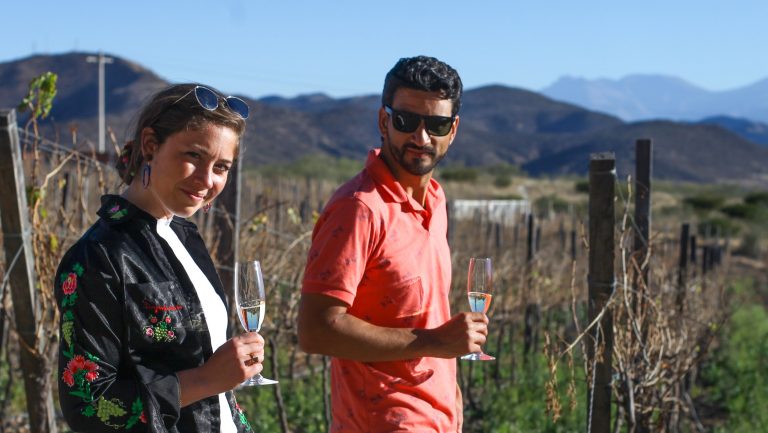
The average consumer would feel excited to be a part of this shift, but it takes will and effort from wine buyers to see these numbers realized—they need to have the opportunity to make the choice in the first place. “I want buyers to consider the impact a wine has on a community or economy among buying factors,” Tealye Long, a Chufly partner, says. “As someone who has seen the impact firsthand in Bolivia, it’s exciting to tell a different story beyond ‘natural and artisan’ and ‘big-brand family tradition.’ Most consumers don’t know one brand from the next, so it’s on the buyers to change their perspective on what’s important when building their wine lists.”
Starting an Intentional Beverage Program
What is important in our beverage programs, and how do we have confidence in our choices? You can purchase wine from both Georgia and Bolivia tomorrow with the right distributor. This means researching distributors and asking them questions. It may seem like an oversimplification, but how often do you ask your wine distributor, “Do you carry wines from Bolivia?” I also reach out to wineries directly to see if they have local distribution; if you find that’s not the case, you could import the wine directly, depending on your state. Thankfully, in D.C. we are able to direct-import wines that would otherwise take some time to make it into the U.S., if at all.
If your state allows for this, I find it best to start with the winery and work backwards. I will connect with a winemaker, either by finding them online or through a personal connection. From there, we will correspond via email to finalize which importer to use, either somebody they work with or one that we’ve worked with over the years. These relationships are imperative for success because there is no guidebook for this style of “ordering.” The benefit typically exceeds altruistic gains, as there is a financial motivation for the establishment, as well. Assuming your business can regularly purchase 8 to 50 cases per order, the price per bottle decreases significantly, sometimes up to 30 percent—the reduced number of intermediaries between the producer and the buyer means fewer markups. It takes a little outside-the-box thinking, persistence, and time but the end result is totally worth it. The consumer wins because they’ll gain access to a product that would otherwise not be available in their market, and the producer earns revenue.
Case in point: We expedited the U.S. debut of Couvent Rouge winery from the Bekaa Valley of Lebanon—the home of Abdullah Richi, a Syrian refugee who makes wine, and is currently producing his own wine at Couvent Rouge under his Dar Richi label. Richi’s goal is to return home and make wine using indigenous Syrian grapes. When we heard his story and tasted the wine, we agreed that we would make a commitment to import all his wine, fast-tracking it into the States through Terra Sancta Trading Company, an importer based in Jacksonville, Florida. Says Eddie Chami, an owner of Couvent Rouge, “[The importing into the U.S.] is a testament to the hard work and perseverance of our farmers, our local team, and to everyone that believed in us.”
This wine is a crowd-pleaser based on taste alone, but it’s become even more popular because it’s an investment in Richi’s future Syrian winery. I’ve found it’s critical to work with staff to help them communicate these stories to guests. I dedicate time each week to meet with staff, and together we discuss how to talk about each wine, how it came to us, and the impact it’s having in its country of origin.

Understanding the Georgian Wine Boom
The country’s indigenous grape varieties, incredible bargains, and off-the-beaten-path wine styles have sparked international interest
We’ve all experienced touching moments both in wine education classes and in service—a feeling of being transported to a bottle’s place of origin. Each glass is a time capsule from a particular location, and enjoying a particular wine could teach us that a region is more than just a news story. Wine is a medium for human connection. I will ask staff and guests, “Do you know what Syria looks like?” Many cannot picture the distinctive landscape, besides what they’ve seen in the media. I challenge you to imagine the elevation of the Andes, or the ancient terroir of Aleppo.
In purchasing wine, we have a power and a responsibility. We can continue as is, or we can tell new stories, ones that directly affect impoverished, neglected, or war-torn regions. We can help consumers rethink the way they drink and do good while having a good time. For us, that’s a double win. For the producers who need our support, it’s life altering.

Dispatch
Sign up for our award-winning newsletter
Don’t miss the latest drinks industry news and insights—delivered to your inbox every week.
Maria Bastasch is the wine director at Compass Rose and Maydan in Washington, D.C.



